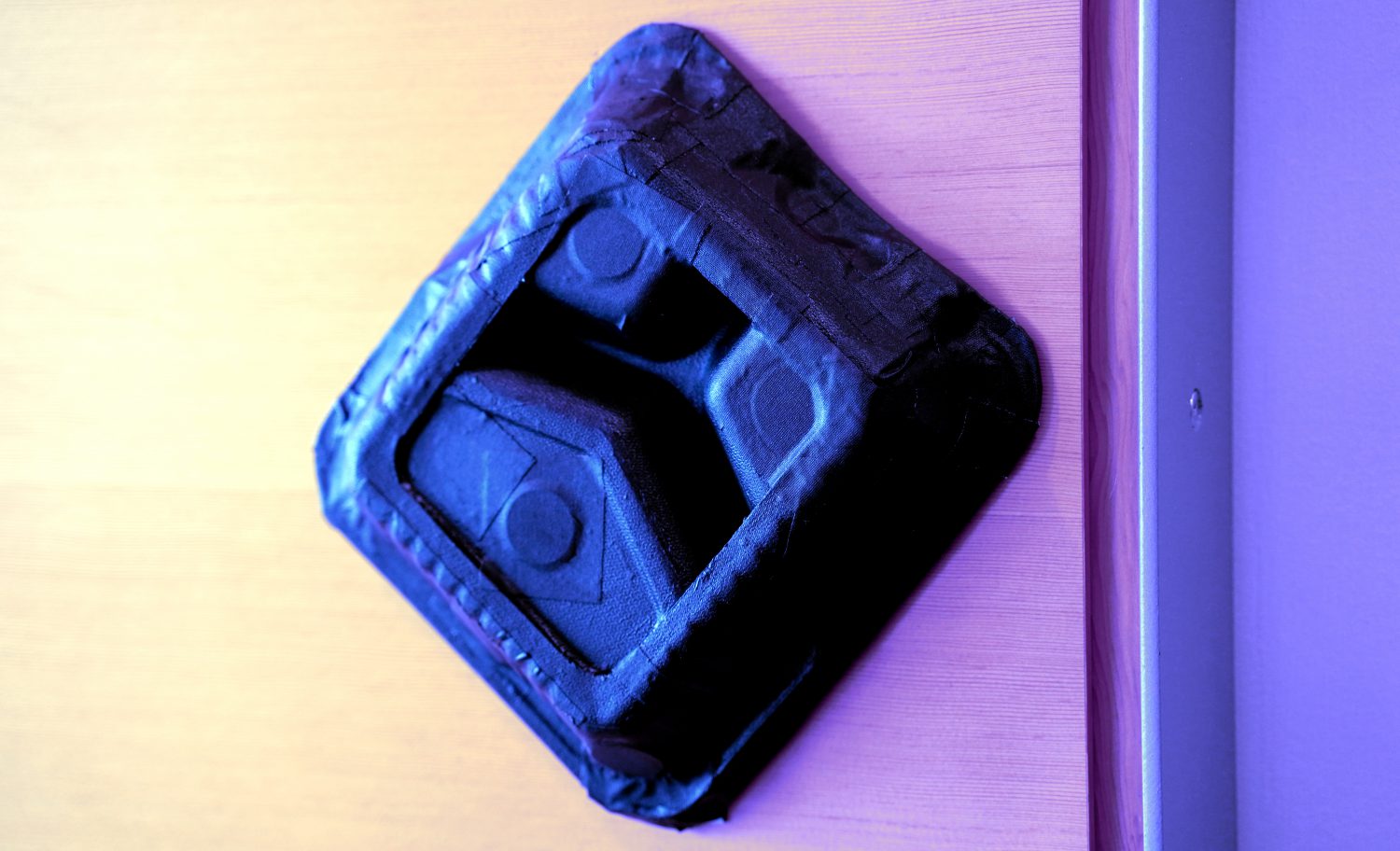Still working away on TRACES!
Yesterday, I edited the rewritten objects (2,5, and 7) and reached out to people to voice-act them. Some of those folks will only be available as of April 19th, so I’m back to working on the sculptures again. I’ve got two left to make and honestly, I need a bit more inspiration.
Today, I had an impromptu conversation about the project that I didn’t record (because it was impromptu) with one of TAG’s visiting artists, Jonathan Chomko. We talked about the goals of our respective projects, and, talking aloud, I identified three “pillars” for TRACES:
The first, as I wrote about when I started the project, is “Alienation” — which is one of the feelings that got me started thinking about this project in particular. The second is “Exploration” (and speculative fiction, exploring the space, etc). The third is “Recognition”, but as in, recognizing yourself in the game, or identifying in some way with the game (this one being aimed at other queer and marginalized folk).
Alongside that, I want people to feel like they’re doing something sort of covert, and like they have to watch what they do in the space.
I also expressed my worry that the game will somehow wind up feeling like an audio museum tour (I really hope this is not the case) because of the scanning of sculptures and accompanying audio. I think the kind of audio and the objects in question will prevent this, but it is something that was briefly brought up at the Arcade 11 playtest. I don’t find the comparison flattering.
So I kind of want to bring in more “game-y” rules. Maybe some kind of way to track what audio has been collected (my nightmare) would work, but I don’t think so. Maybe some kind of reward? Maybe some kind of rule for how to behave around the objects? Maybe something else? Possibly I need to help players get into character more? I’m looking for low-cost (timewise and difficulty-wise) ways of making the players more involved.
Maybe I’ll get the chance to talk this over with some other folks at some point in the near-future.
Meanwhile, here’s hoping I can get two more sculptures ready to paint!
Here’s what the task list for the game is looking like:
– Finish and paint sculptures, add RFID tags to them.
– Record and edit Audio for 3 re-written objects
– Amend the JSON dictionary for the game
– Measure timing for the text and speech in the game and adjust those variables accordingly (hopefully it’ll be similar within one object).
– Update the Raspberry Pis with the new code and audio files and hope they don’t break.
– Playtest!
